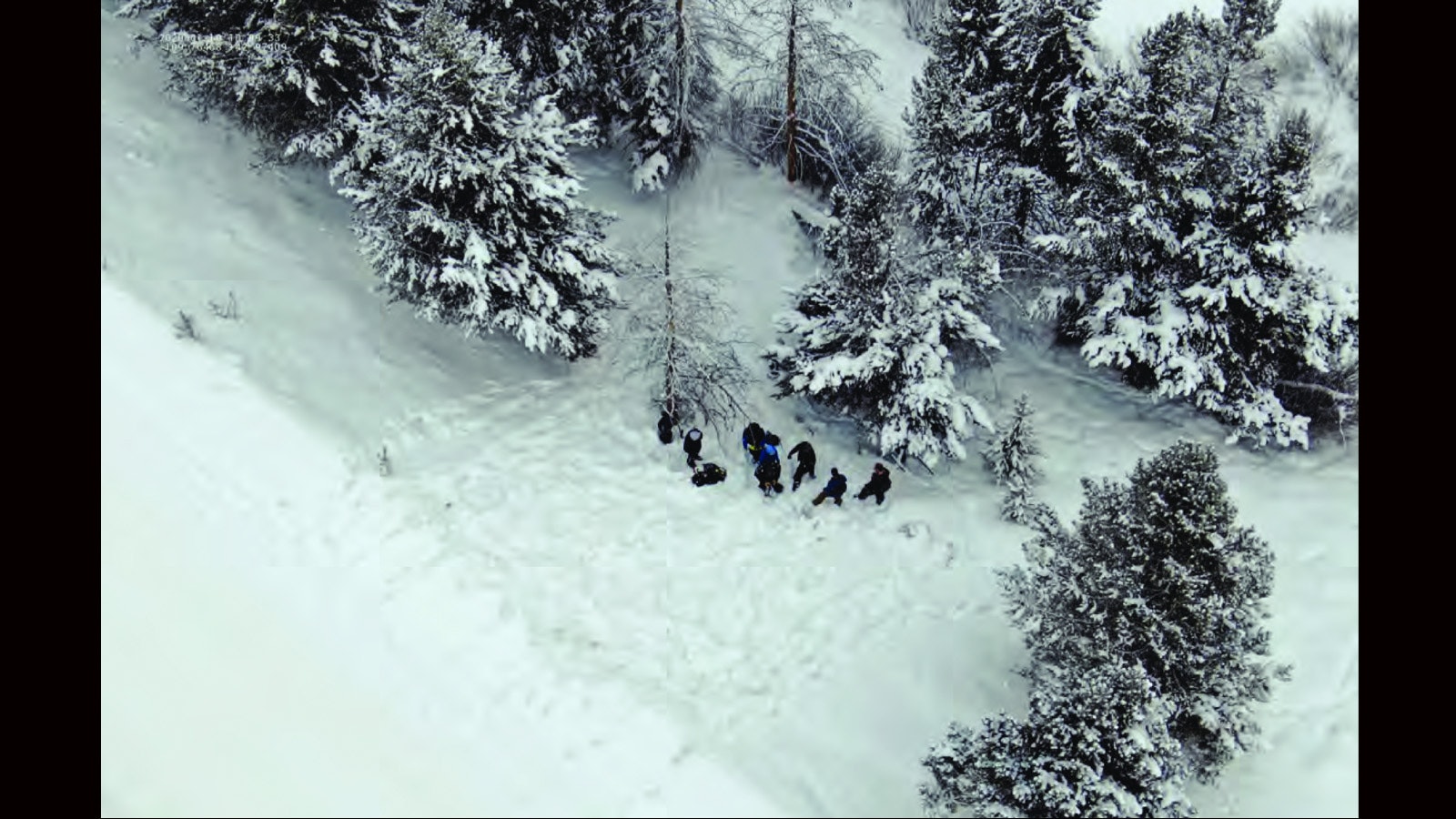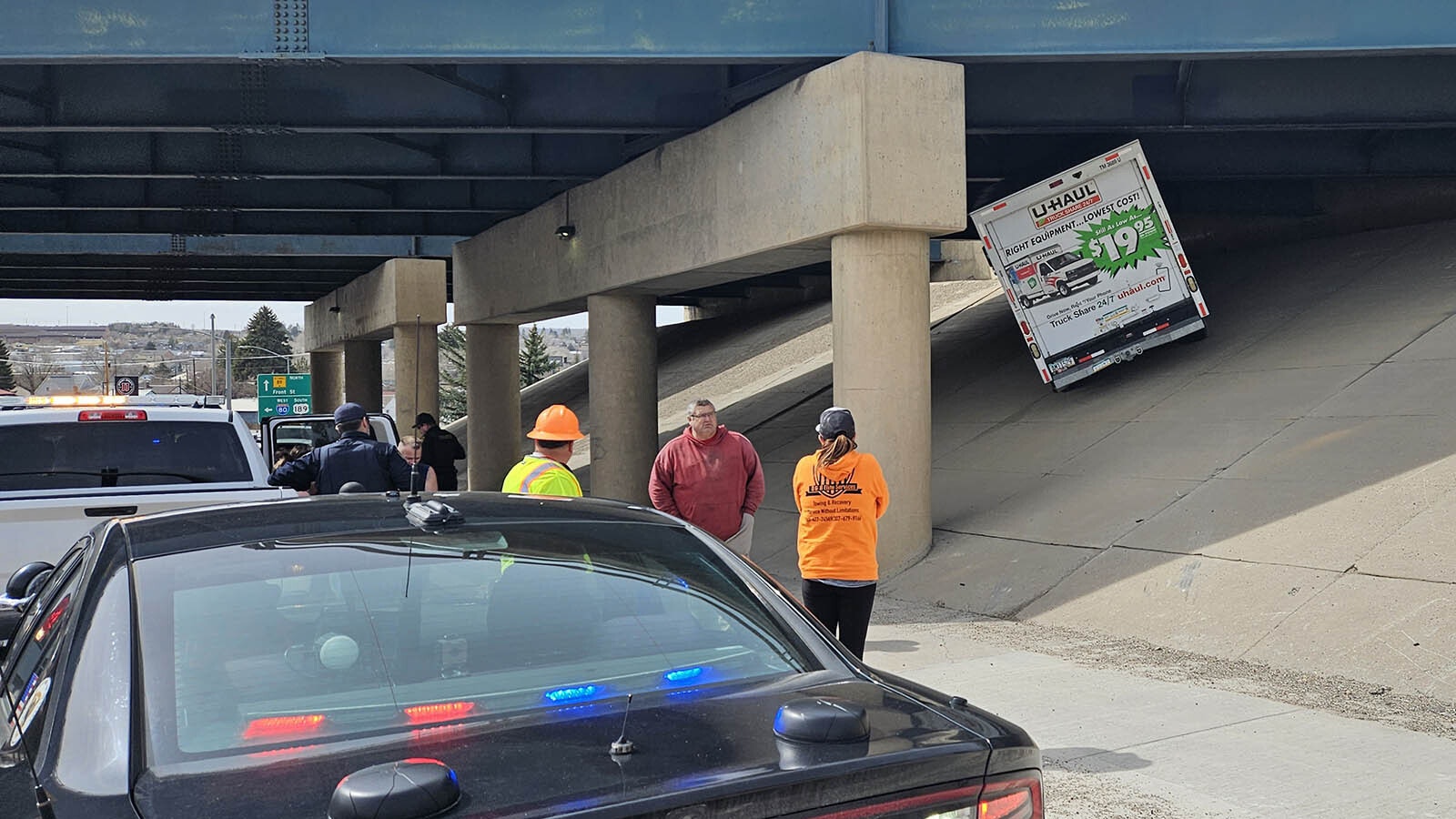By Brady Oltmans, Pinedale Roundup
It’s a deafening hush that surrounds the backcountry. Fresh powder having fallen for days on end welcomes the adventurous outdoorsman with enticing promises of fun. It’s a diabolical trap in place, waiting for just the right movement to trigger tragedy.
This winter has brought the deadliest avalanche season in American history. Last season saw 23 avalanche-related deaths. This winter has already brought 25 at the last monthly tabulation in February, with plenty of winter left.
Teton County, at one point, responded to three avalanche-related deaths in a span of five days. And, according to Cody Lockhart at Teton Search and Rescue, the near misses were daily during that stretch.
The Bridger-Teton Avalanche Center lists 61 avalanches of varying degrees in Teton County backcountry since Feb. 1.
Two of those caused fatalities to snowmobilers in backcountry conditions. Another was a snowboarder who, unlike everyone else in the group he was skiing with, didn’t escape a slab while going downhill near Togwotee Pass.
The Bridger-Teton Avalanche Center lists Wyoming’s regions at moderate risk of avalanche as of March 3.
Lockhart said that could be worse – Colorado and Utah, for example, have experienced sensitive snowfall this winter – but that also means those playing in the country should be conscious of conditions.
“The avalanche that killed a young snowboarder up on Togwotee, that slid to the ground,” Lockhart said. “Every piece of drainage slid and it just took the perfect recipe of jumping on it and sliding on it the perfect way to trigger that.
“That’s the scary part. You never know what’s going on. Conditions lined up just right for that to happen.”
It’s been a similar eerie silence for Sublette County’s TipTop Search and Rescue.
Outside of a rescue by Horse Creek last month, Kenna Tanner has been counting her blessings that they haven’t been called to respond to more accidents. Since the start of February there have been two avalanches in northern Sublette County and five by Wyoming Peak straight west of Marbleton and Big Piney.
To her, it seems the avalanche dangers grow every year with the multiple levels of snowpack, advancement in machinery and the growing number of people looking to isolated western Wyoming to escape encroaching urbanity. “
It takes weather, people and terrain to create a bad scenario,” Tanner said. “Unfortunately, snowpack seems to get worse and worse. You add the increase of participation, it’s a deadly combination.”
For that Horse Creek rescue in particular, the inclement weather meant TipTop responders had to wait for county plows to clear roads. The dangers that caused a possible avalanche remained, with the added hurdles of weather, darkness and a needed path to locate those in need.
Tanner said she’s not sure if this avalanche season is worse but, to her, it seems the danger seems to be higher for longer periods of time. It’s all about the unpredictability. Weeks like this last one could settle snow, or the melt could add moisture and weight to vulnerable regions.
“You can’t blindly go out,” Tanner said. “You’ve got to do your homework ahead of time. Know what your limitations are.”
Tanner and Lockhart, like every other search-and-rescue member in Wyoming, are volunteers. They’ve responded to rescue calls under inclement and, frankly, dangerous conditions. Sometimes the person they pull out of the slide already died. And that person’s time between survival and death could rely on the timeliness and safety with which rescue crews respond.
That carries a high emotional toll for responders. Lockhart remembered having seven calls for service over a week span in midFebruary. He was asked about responding to three fatalities in that stretch.
His daughter interrupted his answer to tell him it was time to come eat. It was burger night. He told her that sounded good and he’d be right there when he got off the phone.
“When you have a busy week like we’ve had, three fatalities in a week, that’s a lot to stack on a volunteer,” Lockhart said. “Get in this helicopter, dig someone out of an avalanche, give them CPR, make sure your kids are happy and do it again the next day.
“All the search-and-rescue members throughout the state sacrifice a lot and it doesn’t go without paying the mental and emotional price.”
Tanner stressed the importance of knowing routes, going with friends, sticking to arranged plans and knowing your own limitations when planning a day of play. She shared a sentiment that’s stuck with her since she first heard it.
“Going out is an option,” she said, “coming home isn’t.”





